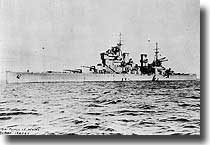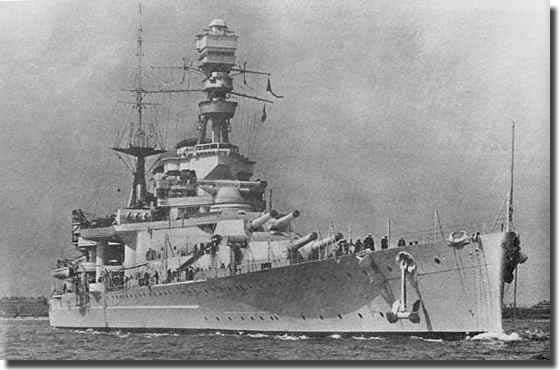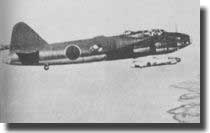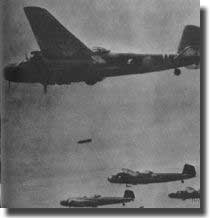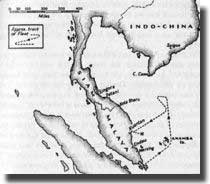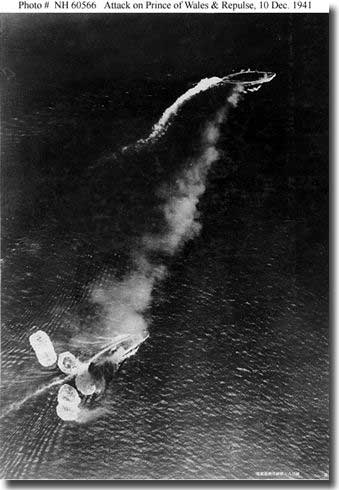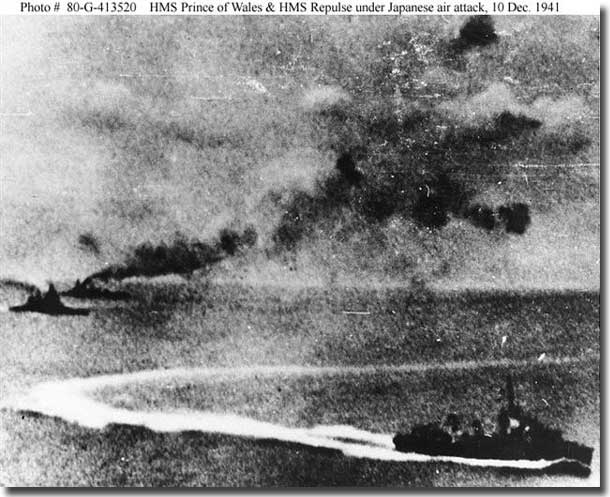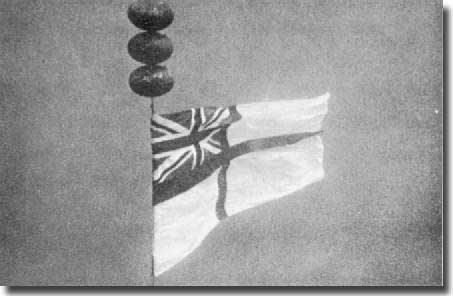|
Japanese Aircraft overwhelm Repulse and Prince of Wales on the 10th. of December 1941. 840 Sailors die.
Introduction.
It had been planned to provide the carrier HMS Indomitable for air cover, but she had struck an uncharted rock, taking her out of the equation. No substitute carrier could be found, and without the benefit of any real air cover, their days were already numbered.
Singapore, an island bastion? Of course, in hindsight it was pure myth, Singapore was in fact merely one more example of British colonisation. It required much more than two Capital ships to bolster its defence, plus at the very least, a modern aircraft carrier needed to protect any large ships from either ship or shore based enemy aircraft Japan on the March.
From its experience both in the Norway and Crete campaigns, the Royal Navy had learned the hard way, that to survive, their ships when operating within range of enemy airfields without adequate air cover were very vulnerable and ships would soon be lost.
Japanese troop landings in Northern Malaya. Finding no troop movements there, Admiral Phillips turned for Singapore and home. The force was steaming in line ahead with Prince of Wales 700 yards ahead of Repulse, the destroyers, Express ahead, Electra, and the old Australian WW1 Vampire, on the port and starboard beam of Prince of Wales, speed
At 1700 ( 5 PM ) on the 9th. the British force was sighted by Japanese submarine I-58, who reported his find to his Head Quarters, a force of aircraft was ordered to be ready to attack ForceZ. It was made up of 11 reconnaissance, 34 bombers, and 52 torpedo carrying aircraft, all belonging to the 22nd. Air Flotilla based on Saigon. The flagship received a report at 1005 ( 10.05 AM ) on the morning of the 10th. that Tenedos was under attack from Japanese aircraft, about 140 miles South East from them. At 1113 ( 11.13 AM ) Force Z was under heavy air attack, the first three waves all high level bombers, with Repulse hit by a bomb.
Now the torpedo bombers came at 1140 ( 11. 40 AM ), and Prince of Wales collected one torpedo which slowed her down. The second wave of torpedo bombers came at Repulse from two directions, with some adroit ship handling, her Captain dodged multiple torpedoes running in the water, only to finally pick up Repulse had 4 torpedoes strike home, her bow dipped below the waves, she listed, rolled over, lay on her side for a time, her keel came uppermost, and then the ship began to sink by the stern, her sharp bow pointed skywards as she submerged, gone, after only 8 minutes at 1223 ( 12. 23 P M ) Prince of Wales took torpedo hits on her port side, one blew off her A brackets that supported the port propeller shaft, and then several torpedoes struck home on her starboard side. A heavy bomb struck the struggling battleship amidships, the end was nigh, she too could take no more, the ship rolled over, bottom up, and the hull disappeared as the bow rose, and then slid from view at 1318 ( 13.18 P M )
Both British ships demolished by the sheer weight of the enemy attacking aircraft. The first time two Capital ship had been sunk in the open sea, by aircraft alone. Prince of Wales lost 20 Officers and 307 Sailors, Repulse had 27 Officers and 486 Sailors killed, both Admiral Tom Phillips and his Flag Captain Leach drowned, but Captain Tennant of Repulse survived. In Repulse, five Australian Midshipmen were serving, John S. Austin, Robert I. Davies, killed in action, and awarded a postumous Mention in Despatches, Bruce Dowling, Guy R. Griffiths and Peter Gyllies. John, Guy and Peter all served as Lieutenants with me in HMAS Shropshire, and both John and Guy each won a Distinguished Service Cross in that cruiser. Guy Griffiths went on to become a Rear Admiral, as the CO of HMAS Hobart, he was awarded a Distinguished Service Order in Vietnam. Conclusion.
Nonetheless, their loss could be sheeted home directly to Churchill, he had insisted against the advice of his First Sea Lord, on their deployment to Singapore, without ensuring these ships were to receive adequate air support, and as a result, 840 men died. A high price indeed to pay!
|

